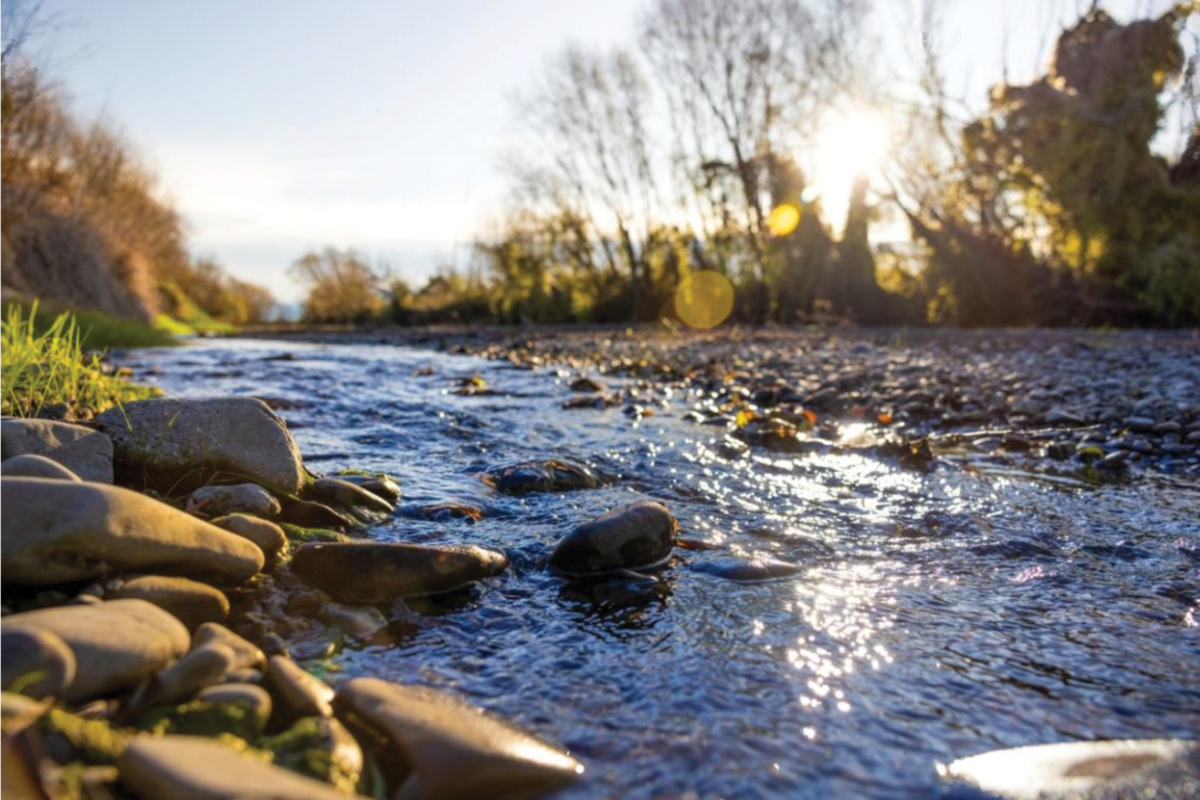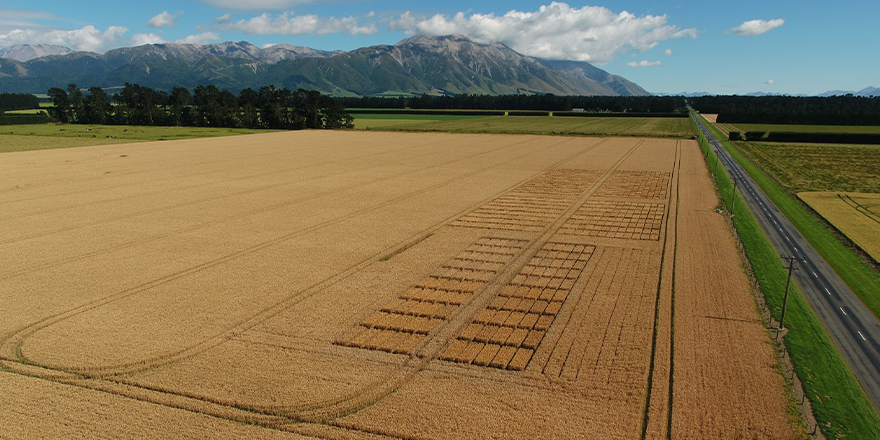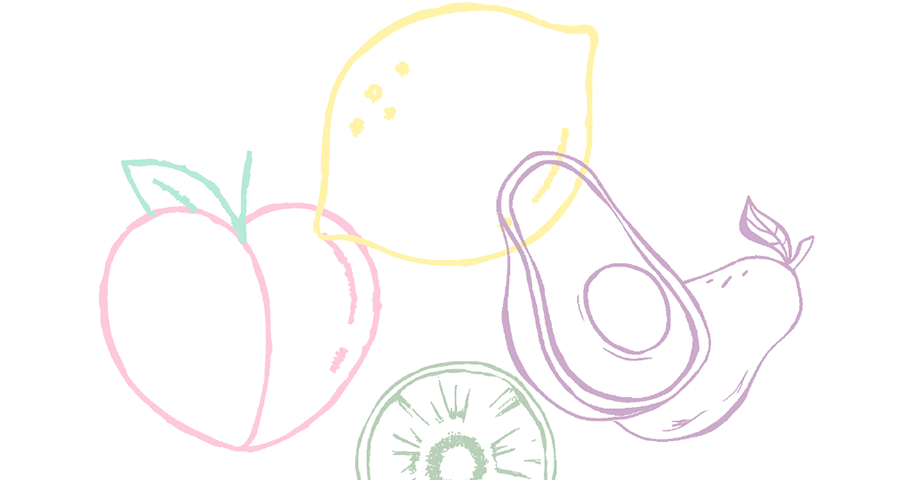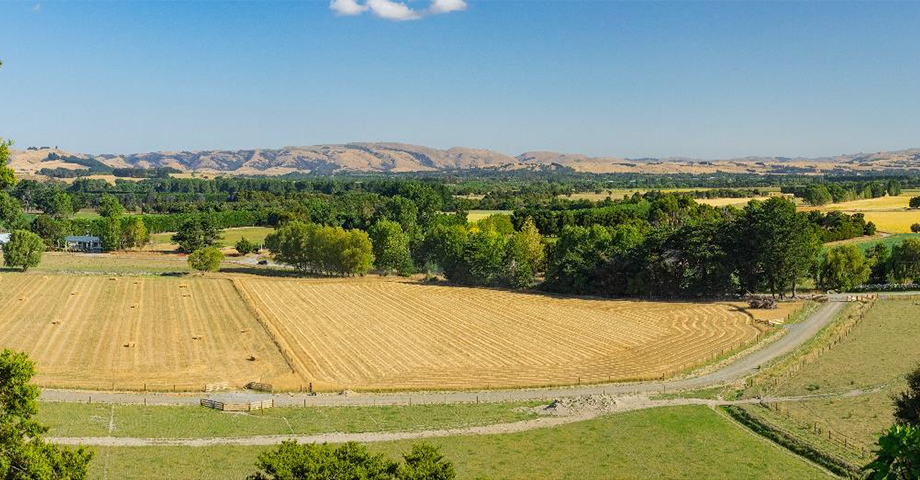The Amuri Basin is a highly productive farming area in the Hurunui District in North Canterbury, New Zealand. The introduction of irrigation schemes and reliable irrigation water meant that the area has gone through a large amount of land use change and a significant increase in intensive farming in the area in the past 40 years
The increase in farming intensity has also led to an increase in nutrient concentrations in water bodies in the area over that time. This has been recognised by the farmers and measures have been put in place to mitigate some of these nutrients, mainly phosphorus and e-coli, but there is an increasing trend of nitrogen concentration in both surface water and ground water measurements.
The purpose of this report was to gain an understanding of farmer perspectives on water quality and what factors in their farming systems they were prepared to adopt to achieve better water quality outcomes, along with identifying what the barriers to implementation are. They were also asked to provide a perspective on how well their neighbours are doing regarding water quality.
The report finds that the farmers of the Amuri Basin are largely aware of their impact on water quality and understand what impact their farming system may be having. They have less water quality concerns towards the two receiving bodies, the Hurunui and Waiau Uwha Rivers, than they do about nitrogen concentrations in drains and tributaries supplying those rivers as well as increased measured nitrogen concentrations in groundwater wells. Barriers to change include, but are not limited to, financial considerations and economic prosperity, as well as regulatory uncertainty. The farmers also felt that generally other farmers were aware of the impacts their farming systems were having on water quality, but each farmer was at a different stage of that journey.
Some recommendations that could be explored as catchment wide options to help realise improvements on water quality are:
- Stocking rate reduction – Each farm to reduce their stocking rate either by setting stocking rate limit or a percentage reduction. Potential of success is high, but impact to farmers business is variable
- Overseer N loss reduction – Each farm to reduce N loss as modelled through Overseer, either by N Loss limit or percentage reduction. Provides more opportunity to utilise different input variables with the farm system to achieve result. There is a risk that modelling doesn’t reflect reality of the farm systems N loss.
- Wait and see what happens – Allow time for existing mitigation strategies to take effect
- Farm Consultants and Vets – Add an environmental lens to compliment the production lens to their advisory services
- Ongoing education and awareness – Continue providing information and resources to the community around water quality and potential mitigation strategies
- Trial and implement technological advancements – Trial and adopt new technologies as they are developed.
- Fund reverse osmosis filters on groundwater drinking wells – Where there is a measured elevated nitrate concentration on groundwater drinking wells, reduced the human health risk by funding or providing reverse osmosis filters.
- Outcome of the Amuri Basin Future Farming Fund Project – Utilise the progress made with engagement of catchment groups and potential of a dollar value mechanism to incentivise farmers.
Adam Williamson





